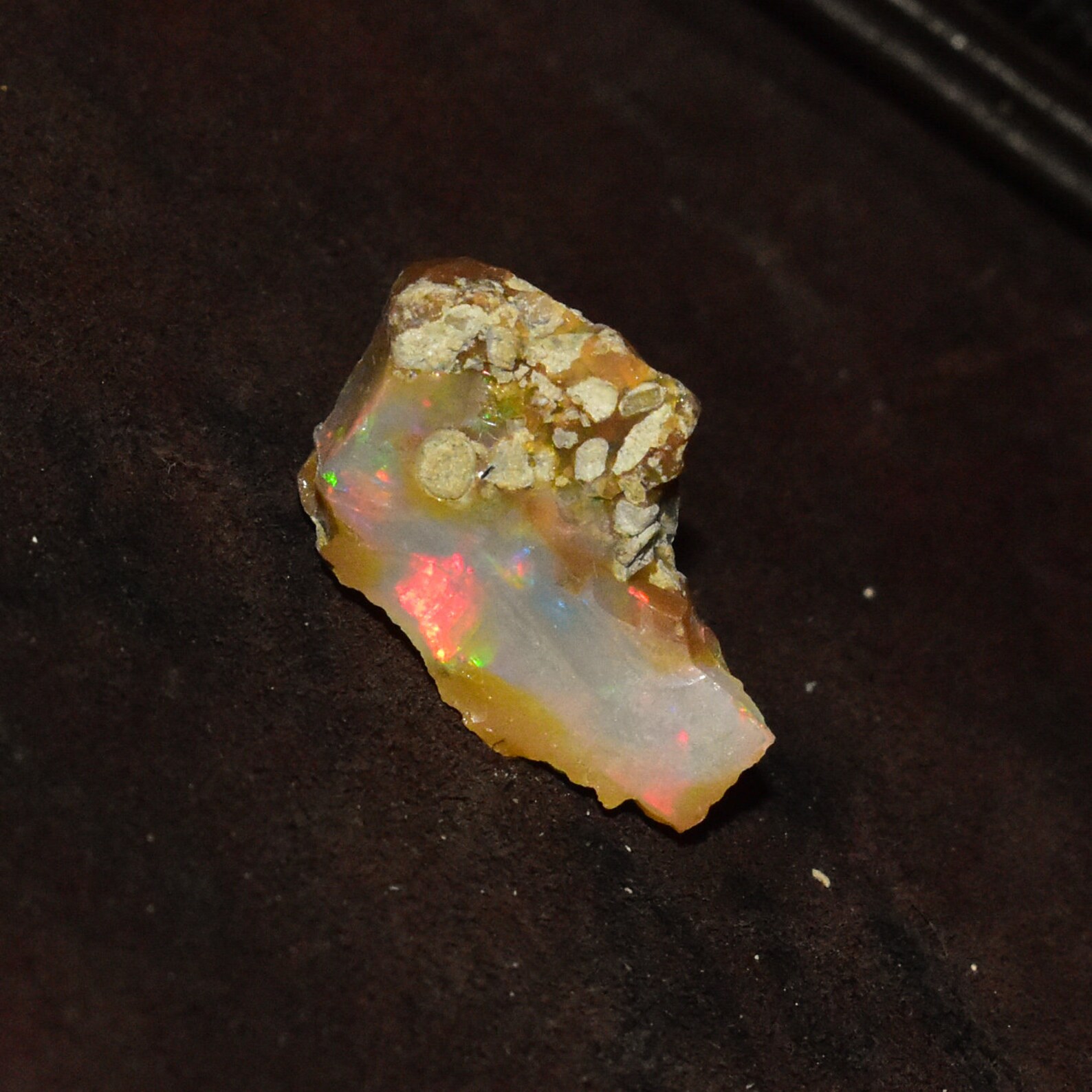

Opal is also extremely popular among mineral collectors and museums compete to get the finest specimens. Opals gemstones are cut and polished into cabochons, and in a few rare cases are faceted into several cuts. Black Opal is the most valuable and desired form, but White Opal and Precious Fire Opal can also be quite costly. Opal is one of the most precious gemstones. Usually vitreous, but may also be pearly, waxy, or resinous.Ģ) Often fluoresces, usually bright green but also light green, light blue, purple, and white.įorms in all mineral environments, especially igneous environments. It often pseudomorphs after organic matter such as wood, shell, and bone. Opal habits include massive, botryoidal, reniform, stalactitic, earthy, nodular, as veins, in crusts, and in accumulating mounds. Opal is amorphous and does not occur in any crystals, except when it forms as a pseudomorph after another mineral. Opal also occurs multicolored and banded. This phenomenon, called play of color, gives a stone color flashes, or schillers of different colors which vary from stone to stone. Certain opals display different colors when viewed from different directions, or when the stone is turned, or when the light source is moved. These are some of the base colors of Opal. The water can range from 3% to 21% of the total weight, but is usually between 6% to 10%.Ĭolorless, white, yellow, orange, red, purple, blue, green, gray, brown, and black. To further protect Opals from crazing, they should not be washed with chemicals or detergents and should not be subject to sudden changes in temperature or lighting.įor additional information, see the gemstone section on Opal. Cutting or polishing Opals, especially Opals from localities notorious for crazing, is a risky process it is a matter of chance if the Opals will craze or not. Opal stored in water should not be taken out of the water for more than several minutes at a time. Once a specimen is taken out of the water its susceptibility increases. Uncut Opals are often stored in water this reduces the chance of crazing. A very gradual drying process over months or even years can in some cases effectively stabilize the stone and allow it to be cut and polished with a substantially reduced risk of crazing. The origin of the specimen is often a determining factor to its resistance to crazing. The severity of the crazing and the time it takes to "craze" varies among specimens.

Crazing may also take place when an opal is subject to vibration, as during the cutting and polishing of a specimen. Although it can occur at random, it usually strikes when an Opal removed from damp conditions is allowed to dry too quickly, or when an opal is exposed to sudden intense light (or a combination of these factors).

Crazing is a particularly interesting phenomenon, since it lacks consistency and is unpredictable. Common Opal lacks this effect, since its spheres are disordered or too compact to permit the light from refracting.Ī condition called crazingaffects certain Opals, causing them to form internal and external cracks. The density and pattern of the aligned silica spheres are responsible for the different colors refracted in the Opal. A light wave diffracted through the Opal causes a color sheen or scintillation in the stone. This diffracts the light entering the stone into the spectral colors. In the 1960's, the reason of the color play was discovered with the aid of the electron microscope, where it was determined that Opal is composed of tiny silica spheres that can be arranged in an orderly pattern. Many theories attempted to explain the cause of the play of color in Opal. This, virtually all scientific references, including the acclaimedĭana's System of Mineralogy, categorize Opal together with the true Mineral must have a crystal structure, which opal lacks. One of the scientifically accepted standards defining a mineral is that a Opal, being amorphous, is not truly a mineral but a mineraloid.

For this reason, Opal is one of the most fascinating and fabled The rich play of color in some Opals gives them unsurpassed


 0 kommentar(er)
0 kommentar(er)
